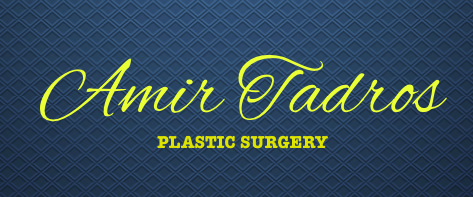Scar Revision
|
Key Points:
Scar Revision Type of Anaesthetic: Local/General Length of Procedure: 1-2.5 hours Nights in Hospital: 0-1 nights Recovery: Time off Work: 0-2 weeks Back to Normal: around 3 weeks |
Poor quality scars can occur as a result of wounds that have been prevented from healing well initially (due to infection, poor stitching, tension in the wound, foreign body etc) or from an intrinsic healing problem of the patient.
Depending on the patient, Amir Tadros can use a number of techniques including direct excision, steroid injections, silicone tape or gel and pressure garments to treat and revise scarring. The best course of treatment for you can be discussed with Mr Tadros during your consultation. However, if a patient always heals with poor quality scarring, then any scar revision will inevitably produce further poor scars. The two common types of healing problem are Hypertrophic scarring and Keloid scarring. Hypertrophic Scarring This appears in the form of raised scars that usually take between 1-5 years to full settle. The final result is a slightly wider but pale flat scar that can become thinned and slightly sunk. Keloid Scarring This can appear as thickened and red, and continues to grow well beyond the boundaries of the original scar. This type of scarring tends to be more common in patients with black skin, but is not limited to this skin type. Over time the scar will not shrink or flatten but will become very solid. When a keloid scar is excised it will always look better initially. However, it is important to note that the scar can reform over time, and estimates of this have been cited from 20% up to 100%. Amir Tadros tends to find the risks are around 50% and this should be carefully considered before having scar revision. |
© 2015 Précis-Jeune. All Rights Reserved.



